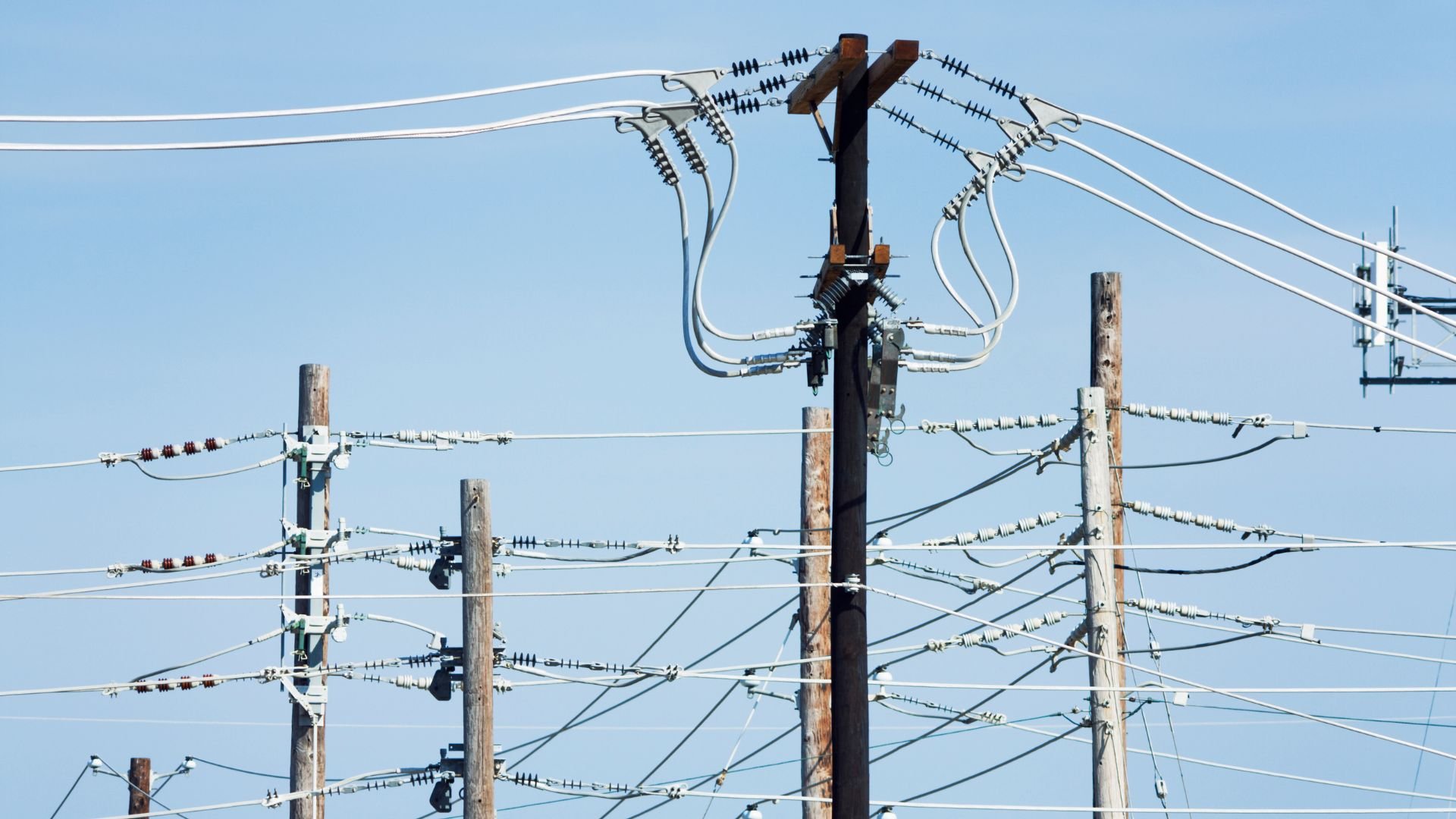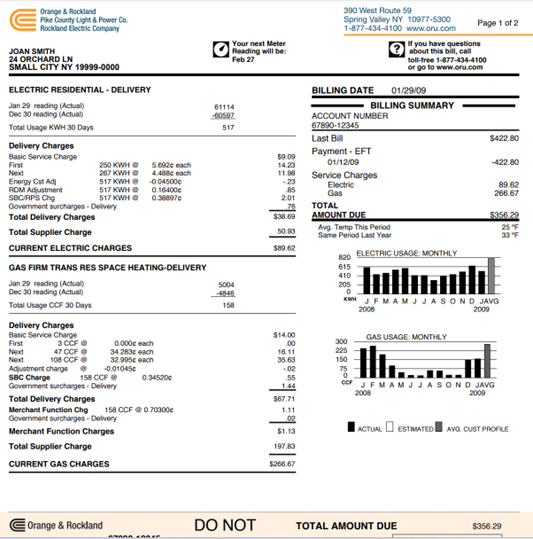Understanding Your Consolidated Edison, Orange and Rockland Utility Bill

If you’re a commercial or industrial customer in our New York service area, you’re likely getting your utility bill from several companies. In this article, we’ll explore utility bills from Consolidated Edison (ConEd) and Orange and Rockland (O&R). Below we explain your monthly ConEd and O&R utility bill, break down what you’re paying for, and highlight where you can save. For reference, we’ve spelled out some of the typical language you’ll find on your bill, like the difference between supply and transmission and how to read kilowatt-hours (kWh) on your bill.
Your ConEd bill includes:
- 11 Digit Customer Care & Billing (CCB) account number
- Your account information and billing summary
- Average daily usage graphs
- Supply charges
- Delivery charges
- Taxes
Your O&R bill includes:
- 11 Digit CCB Account Number
- Your account information and billing summary
- Average daily usage graphs
- Supply charges
- Delivery charges
- Taxes
Supply Charges
ConEd
Your supply charges, and its electricity and gas breakdowns, are all listed on page 2. Your basic account information, along with your charges for the current billing cycle, will be listed on the previous page.
ConEd purchases energy from the wholesale supply market to power your business. The costs are passed on to utility customers, but ConEd does not make any additional profit. If you choose to purchase your supply from another energy service company (ESCO), ConEd will include your cost savings in the unregulated supply portion of your utility bill. You’ll also see your local, state, and federal taxes applied to your supply charges. charges:
- Merchant function – rate for procuring electricity and natural gas.
- GRT & other tax surcharges – taxes on ConEd gross receipts from sales of utility services and other surcharges.
You can find sample bills for both small and large businesses here and here.
O&R
Your O&R utility bill will look a lot like your ConEd utility bill except for your account number. It will list your delivery and supply charges on the same page, including merchant function charges.
Delivery Charges
ConEd
Your ConEd delivery charges are listed on the same page as your supply charges. Your delivery rate is set by state regulatory agencies and like most utility bills, the rates are predetermined. Your delivery charges help ConEd maintain and upgrade its electric and gas distribution systems. You’ll also see your local, state, and federal taxes applied to your delivery charges. Additional charges:
- Basic service charge – basic system infrastructure and customer-related services, including accounting and metering services.
O&R
Your O&R delivery charges will also resemble the ConEd utility bill. It’ll include your total delivery fees, a System Benefit charge, merchant function charges, supplier charge, and your electric and gas usage charts.
- Revenue Decoupling Mechanism (RDM) Adjustment – you can learn more about RDM here.

Reviewing the breakdown of your supply and demand charges creates a better picture of where your costs come from and the “why” behind your utility bill.
| Key Takeaways |
|



